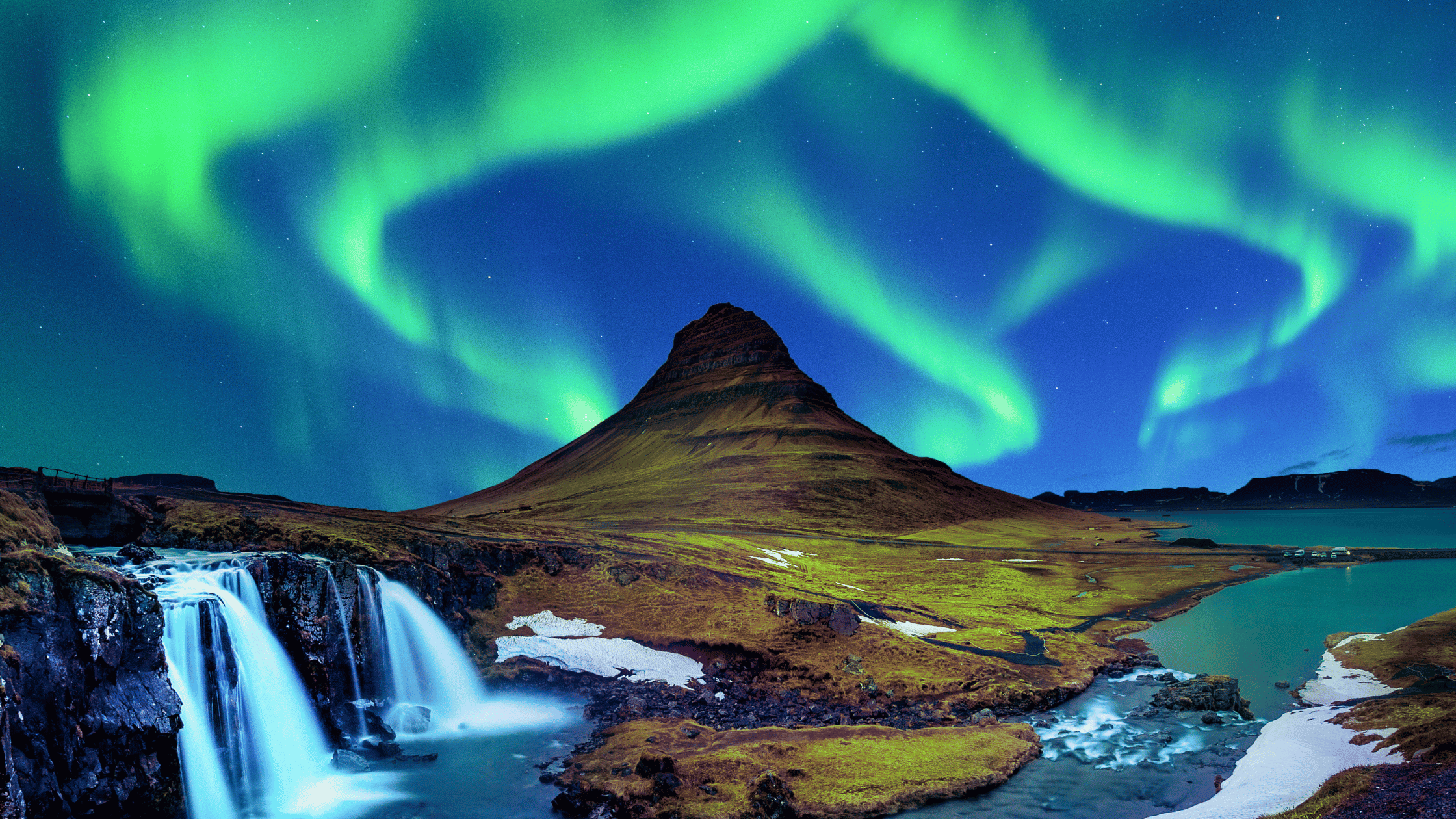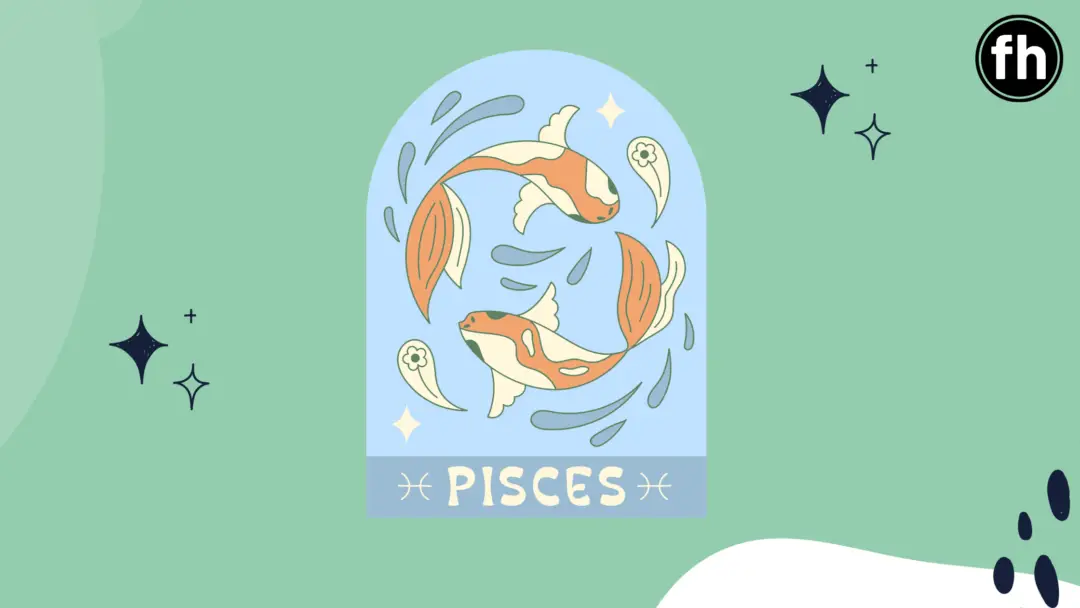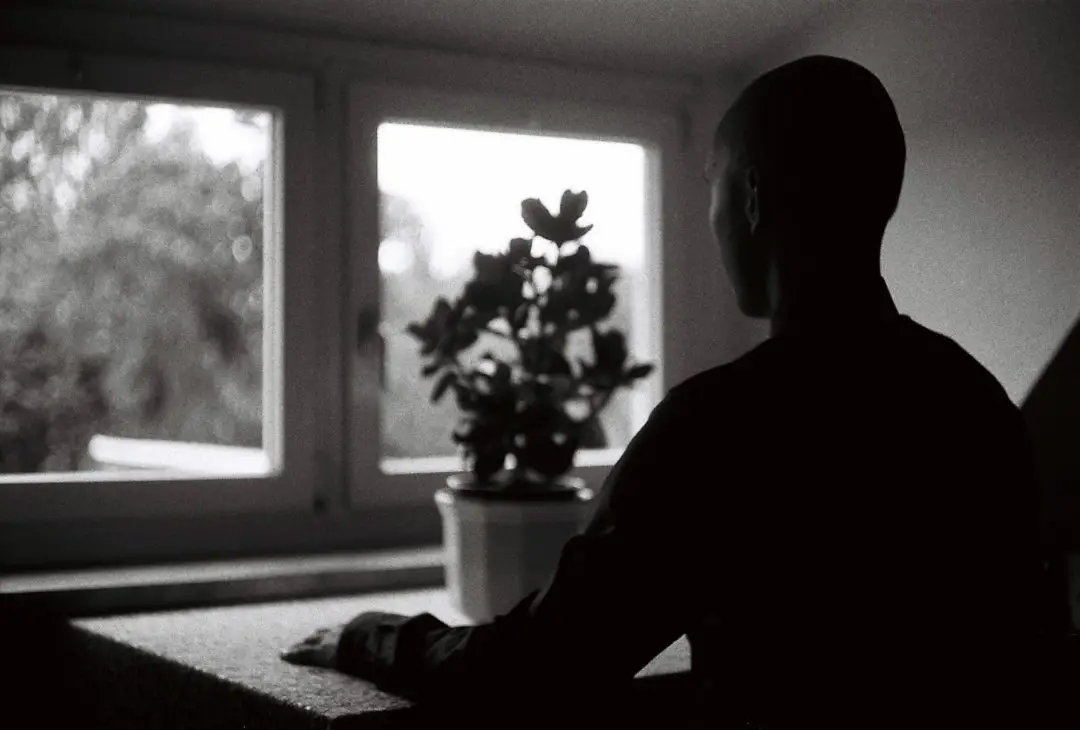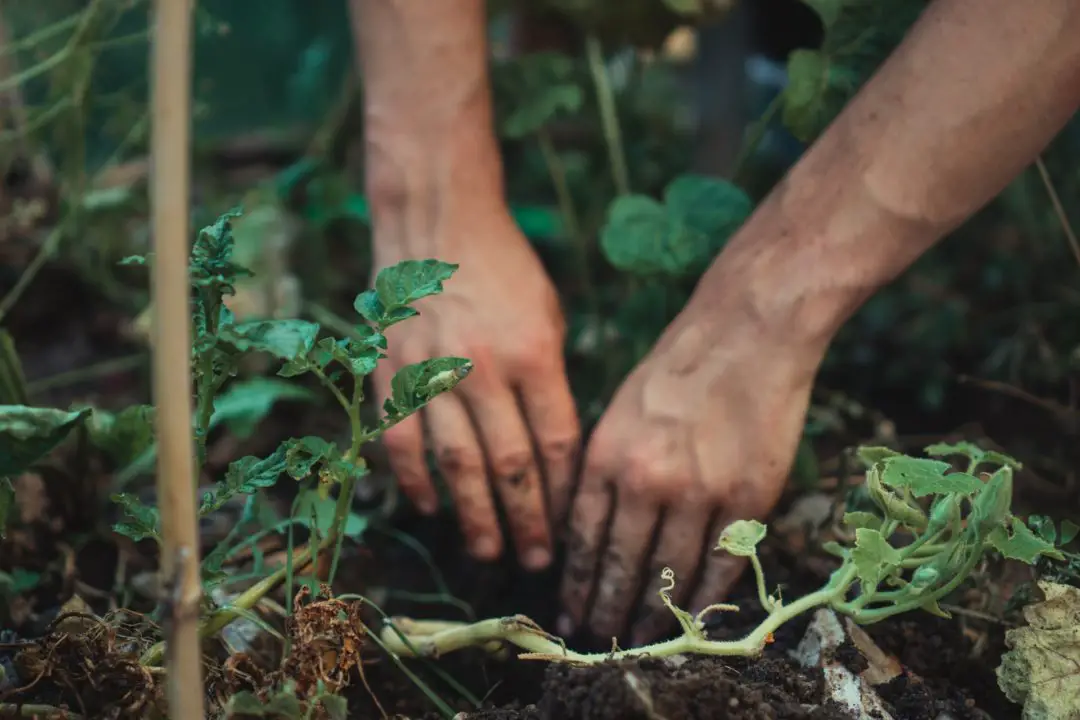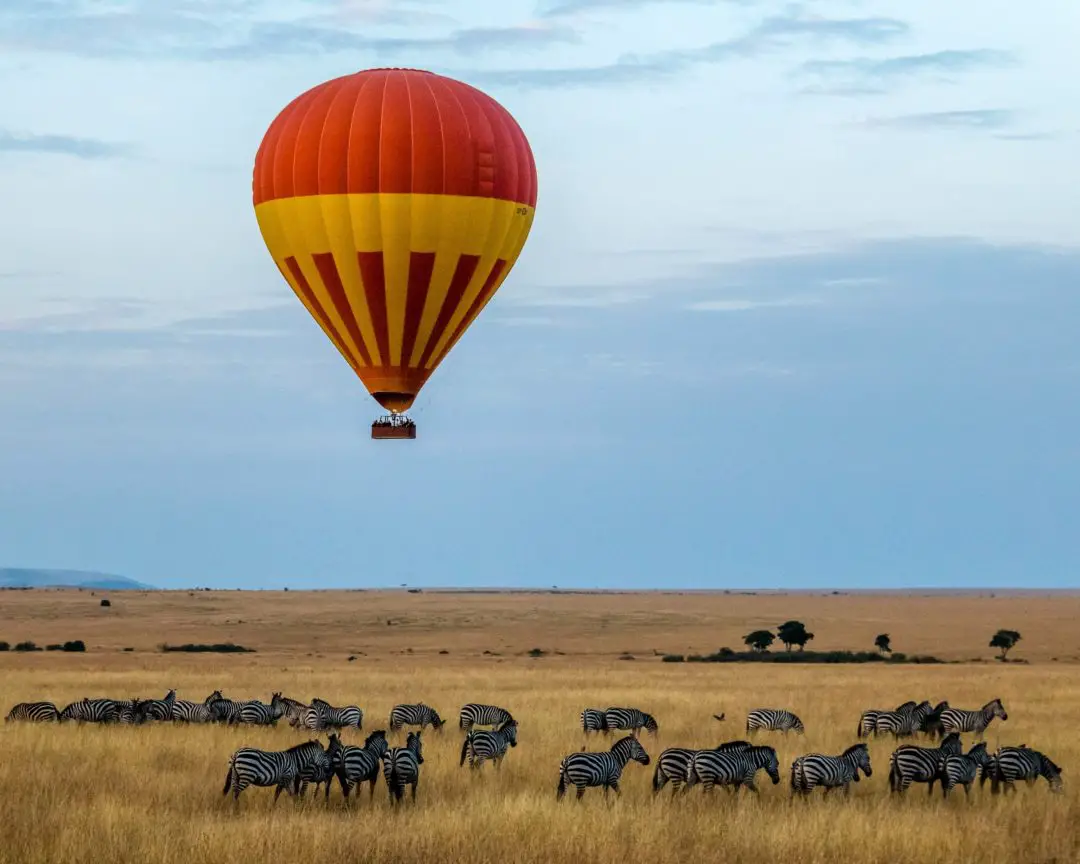When you explore Icelandic hobbies, you tap into a vibrant mixture of culture and history.
From the ancient art of knitting traditional lopapeysa sweaters to the thrill of exploring the breathtaking landscapes, hobbies in Iceland are deeply intertwined with the natural beauty and heritage of the land.
Engaging in these activities not only brings joy but also connects you to the essence of Icelandic life.

You can immerse yourself in the local culture through various creative arts, such as Icelandic music and literature, both of which have rich traditions and contemporary expressions.
Outdoor enthusiasts will find a paradise for hiking, bird-watching, and glacier excursions.
Whether you’re an adventurer or a culture aficionado, there’s something for everyone in Iceland.
If you’re considering picking up a new hobby while visiting or living in Iceland, it’s easy to get started.
Many towns and cities host community workshops, and the natural settings provide ample opportunities for outdoor activities.
Engaging in these hobbies will offer you unparalleled insights into the Icelandic way of life and create unforgettable experiences.
Iceland: Land of Fire and Ice

Iceland, often referred to as the “Land of Fire and Ice,” is renowned for its unique geological contrasts.
Home to both immense glaciers and active volcanoes, the island offers a striking blend of natural phenomena, further characterized by its extensive geothermal activity, which provides numerous hot springs.
Geological Marvels: Glaciers and Volcanoes
Iceland’s landscape is dotted with large glaciers and formidable volcanoes.
The Golden Circle tourist route showcases some of these features, looping from Reykjavik into the southern uplands.
- Vatnajökull Glacier is the largest in Europe and covers over 8% of Iceland. It hosts numerous ice caves and towering ice formations.
- Eyjafjallajökull Volcano gained global attention in 2010 for its eruption that disrupted air travel. It’s an example of the island’s ongoing volcanic activity.
These geological wonders not only shape Iceland’s landscape but also offer opportunities for adventure tourism, from glacier hiking to exploring volcanic craters.
Natural Hot Springs: Rejuvenating in Geothermal Waters
The volcanic activity in Iceland creates abundant geothermal energy, which in turn powers many of the island’s natural hot springs.
- The Blue Lagoon is one of the most famous geothermal spas, attracting tourists with its warm, mineral-rich waters that are believed to have healing properties.
- Reykjadalur Valley offers a more rugged experience, where you can hike through scenic landscapes to find hot rivers ideal for soaking.
These geothermal pools are not just popular tourist spots; they are also integral to Icelandic culture, offering a unique way to experience the country’s geothermal landscape.
The Vibrant Culture of Iceland

Iceland’s rich cultural tapestry is woven from its Viking heritage and intricate Norse mythology, as well as its unique cuisine that tantalizes taste buds with traditional and contemporary flavors.
Viking Heritage and Norse Mythology
The Viking era is deeply embedded in Icelandic culture.
From the sagas that recount heroic tales to the remnants of Viking ships, history buffs find plenty to explore. The Althing, one of the world’s oldest parliaments, was established by Viking settlers in AD 930 at Þingvellir National Park.
Norse mythology also shapes modern Icelandic traditions.
Stories of gods like Odin and Thor, and myths about elves and trolls, remain part of local folklore. The Icelandic Sagas, written in the 13th century, are a cornerstone of Iceland’s literary heritage and provide a window into the lives and beliefs of the early Vikings.
The Delights of Icelandic Cuisine
Icelandic cuisine offers a blend of age-old traditions and modern culinary practices.
Staples include lamb, dairy, and seafood.
Þorramatur, a traditional platter served during the midwinter festival Þorrablót, features fermented shark, sheep’s head, and pickled ram’s testicles.
You can also enjoy contemporary dishes like plokkfiskur, a fish stew, and skyr, a dairy product similar to yogurt.
Food festivals, such as the Reykjavík Food and Fun Festival, showcase these flavors alongside international cuisines, making them accessible to both locals and tourists.
Local markets and restaurants often source ingredients sustainably, keeping the island’s ecological footprint small while offering an authentic taste of Iceland.
Outdoor Adventures and Activities

In Iceland, the natural landscape provides a perfect backdrop for a variety of outdoor adventures.
From hiking through rugged terrains to experiencing close encounters with whales and puffins, there’s something for every nature enthusiast.
Hiking Through Iceland’s Rugged Terrain
Hiking in Iceland offers some of the most breathtaking landscapes you’ll ever see.
The Fimmvörðuháls Trail is one of the most iconic hikes, stretching between the Skógar and Þórsmörk valleys.
Expect to navigate through diverse terrains featuring waterfalls, volcanic landscapes, and glaciers.
This trail is especially famous for its proximity to the Eyjafjallajökull and Katla volcanoes, giving hikers a unique opportunity to witness geological wonders up close.
Other notable hiking spots include the Laugavegur Trail, which is renowned for its surreal landscapes, ranging from hot springs to volcanic deserts.
Whether you’re a seasoned hiker or a novice, be sure to come prepared with appropriate gear and always check local weather forecasts.
Whale Watching and Puffin Encounters
Another thrilling activity is whale watching, often combined with puffin encounters during summer months.
The town of Dalvík is a popular starting point for whale watching tours. Here, you are almost guaranteed to see humpback whales, and if you’re lucky, you might even spot minke whales, white-beaked dolphins, and harbor porpoises.
For puffin lovers, the island of Viðey near Reykjavik offers excellent opportunities to see these charismatic birds.
Another great location is the Westman Islands, where large colonies of puffins nest every year.
Tours often provide binoculars and informative guides who can tell you everything about these fascinating creatures and their habitats.
The best time for these activities is from April to October, aligning with the puffins’ nesting season and the peak of whale activity.
Check out our full post of Outdoor Hobbies for more great hobby ideas to spend time in the great outdoors.
Must-Visit Destinations and Road Trips

Iceland offers some of the most breathtaking scenery and unique road trip routes in the world.
From geothermal wonders on the Golden Circle to the stunning landscapes of the South Coast, each journey highlights Iceland’s diverse natural beauty and cultural landmarks.
Exploring the Golden Circle
The Golden Circle is a popular tourist route that includes some of Iceland’s most famous attractions.
Þingvellir National Park, a UNESCO World Heritage site, lets you walk between the Eurasian and North American tectonic plates. Here, you can dive into the rich history of the Icelandic parliament, the Alþingi, established in 930 AD.
Your next stop should be the Geysir geothermal area. Witness the regular eruptions of Strokkur geyser, shooting boiling water up to 30 meters into the air.
Finally, visit Gullfoss Waterfall, known for its dramatic two-tiered cascade.
All these sites are easily accessible within a day trip from Reykjavik and offer a stunning introduction to Iceland’s natural wonders.
The South Coast and Beyond
The South Coast is renowned for its stunning waterfalls, black sand beaches, and glaciers.
Stop at Seljalandsfoss Waterfall, where you can walk behind the cascading water for a unique perspective.
Just a short drive away, you’ll find Skógafoss Waterfall, one of Iceland’s largest and most majestic falls.
Continue your journey to Reynisfjara Beach, famous for its striking black sand and basalt columns.
Nearby, the small town of Vík offers picturesque views and a chance to rest.
For those interested in glaciers, a visit to the Jökulsárlón Glacier Lagoon is a must.
This surreal ice lagoon features floating icebergs and is often accompanied by sightings of seals.
Ring Road: Iceland’s Ultimate Road Trip
The Ring Road (Route 1) is Iceland’s main highway that circles the entire island, offering the ultimate road trip experience.
Spanning roughly 1,332 kilometers, this route takes you through a variety of landscapes, from volcanic deserts to lush farmlands.
Highlights along the Ring Road include the Diamond Beach, where icebergs wash ashore on black sand, and Mývatn, a region known for its geothermal activity and birdlife.
Don’t miss the East Fjords, offering dramatic coastal views and quaint fishing villages.
Lastly, make sure to explore Akureyri, Iceland’s second-largest city, known for its beautiful botanical garden and vibrant cultural scene.
The Capital and Beyond: Reykjavík and Akureyri

Explore the vibrant cultural scene in Reykjavík before heading to Akureyri, a picturesque town in North Iceland known for its outdoor activities and natural beauty.
Cultural Highlights in the Capital
Reykjavík, Iceland’s capital, is a cultural hub with attractions that blend modernity and tradition.
The iconic Hallgrímskirkja Church towers over the city, offering panoramic views. The unique architecture of the church itself is inspired by Icelandic landscapes.
Another must-see is Harpa, Reykjavík’s concert hall and conference center. This glass façade building hosts musical performances, from classical to contemporary, and is home to the Iceland Symphony Orchestra.
For history buffs, the National Museum of Iceland provides insights into the country’s rich past, from the Viking era to modern times.
Akureyri: Gateway to the North
Often referred to as the “Capital of the North,” Akureyri offers a different yet equally captivating experience.
Located at the head of Eyjafjörður fjord, it’s surrounded by stunning natural landscapes, including snow-capped mountains and lush valleys.
Join a whale watching tour to see these magnificent creatures up close. You can also visit the Akureyri Botanical Garden, which features plants from around the world.
The small-town charm is evident in its cozy cafes and local shops.
The town also serves as a gateway to explore the diverse activities of North Iceland. This includes geothermal baths like Mývatn Nature Baths and the natural beauty of Goðafoss, one of Iceland’s most spectacular waterfalls.
Akureyri is not just a stopover; it’s a destination in its own right.
Seasonal Wonders: From Midnight Sun to Northern Lights

Iceland offers unique seasonal phenomena that make the country a fascinating destination for outdoor enthusiasts.
Experiencing the midnight sun in the summer and the northern lights in the winter invites visitors to engage in a variety of activities that are both captivating and unique to these seasons.
Summertime Activities: Making the Most of the Sun
During the summer, Iceland experiences the midnight sun, where daylight persists for nearly 24 hours a day.
This natural phenomenon allows for extended outdoor activities. Visitors can embark on scenic drives, explore hiking trails, and visit stunning waterfalls at any time of the day or night.
Camping under the midnight sun in Iceland offers a unique experience. You can set up a tent in one of the many picturesque locations without worrying about darkness.
Photography enthusiasts will appreciate the extended golden hour, which provides ample opportunities for stunning landscape shots.
Fishing is another popular summertime hobby. The prolonged daylight hours give you more time to enjoy fishing in Iceland’s crystal-clear rivers and lakes.
This season gives you the chance to fully appreciate the country’s breathtaking scenery and unique geography at any hour.
Wintertime Magic: Aurora Borealis and More
Winter in Iceland is synonymous with the aurora borealis. The northern lights are most visible from late September to early April, offering a magical experience that many travelers seek.
Clear, dark skies free from light pollution enhance your chances of witnessing this natural light show.
Aurora tours are widely available and come highly recommended. These tours often include expert guides who can help you find the best viewing spots.
Stargazing goes hand in hand with aurora hunting, making the most of Iceland’s unobstructed night skies.
Winter in Iceland also provides opportunities for glacier hiking, snowmobiling, and exploring ice caves.
These activities take advantage of the season’s unique landscape and add an adventurous element to your trip, making your visit both exciting and memorable.
Getting Started with Your Icelandic Adventure

Begin your Icelandic adventure with careful planning and a list of must-see attractions. Discover iconic experiences and create memories that will last a lifetime.
Planning Your Itinerary
Creating a well-structured itinerary is crucial. Start by deciding the duration of your stay. For many, a 5-day itinerary is a popular choice.
Prioritize your interests. Are you keen on exploring Reykjavik’s vibrant culture or venturing into the rugged landscapes of the north and east coast?
Consider transportation. Renting a car may give you the freedom to explore at your own pace, while public transport is a budget-friendly option.
Book accommodations in advance, especially during peak seasons.
Options range from hostels to guesthouses, which are more common outside major cities. Expect to pay about $35 – $40 per night in budget-friendly lodging.
Bucket List Experiences in Iceland
Iceland offers numerous bucket list experiences.
Whale watching in Husavik is renowned for spotting various species in their natural habitat. Visit iconic waterfalls like Godafoss and Dettifoss for breathtaking views.
Don’t miss the natural geothermal pools, including the famous Blue Lagoon and the Myvatn Nature Baths. Reserve in advance to secure a spot.
Hiking enthusiasts will enjoy trails around Akureyri and Grímsey. These provide stunning vistas and an opportunity to experience Iceland’s untouched nature.
Exploring the Diamond Circle offers a compact route with diverse attractions, including Lake Myvatn and the volcanic landscapes.
Finally, immerse yourself in local culture by visiting Reykjavik’s museums and historical sites.
Frequently Asked Questions

Iceland is known for its rich cultural traditions, unique customs, and favored leisure activities. Understanding these aspects can greatly enhance your experience when visiting or interacting with locals.
What are common cultural traditions celebrated in Iceland?
In Iceland, you will find several cultural traditions, such as the Þorrablót, an annual mid-winter feast celebrating traditional Icelandic foods.
Christmas and New Year’s are also celebrated with unique customs like the Yule Lads, mischievous figures who leave gifts for children.
How do the values and beliefs of Iceland influence their recreational activities?
Icelanders deeply value their connection to nature, which is evident in their preferred recreational activities.
Hiking, hot spring bathing, and glacier tours are popular. The belief in preserving natural beauty influences these activities, ensuring they are eco-friendly and sustainable.
What etiquette should one be aware of when engaging in Icelandic cultural practices?
When participating in Icelandic cultural practices, it is important to respect local traditions and dress codes.
For instance, while attending Þorrablót, showing appreciation for traditional dishes is considered polite. Additionally, punctuality and personal space are highly valued.
Which types of leisure activities are most favored by locals in Iceland?
Popular leisure activities for Icelanders include outdoor pursuits like hiking in national parks, swimming in geothermal pools, and participating in local festivals.
Activities often center around enjoying and preserving the natural landscape.
Can you list some distinctive customs and traditions unique to Icelandic history?
Unique customs in Iceland include the celebration of the Iceland Airwaves music festival, where local and international artists perform.
The tradition of story-telling, especially about elves and hidden people, is also deeply embedded in Icelandic culture.
In what ways can visitors authentically experience Icelandic culture?
To authentically experience Icelandic culture, consider attending local festivals and trying traditional foods.
Visiting museums, exploring historical sites, and participating in guided tours that offer insights into Icelandic customs can also provide an immersive experience.

